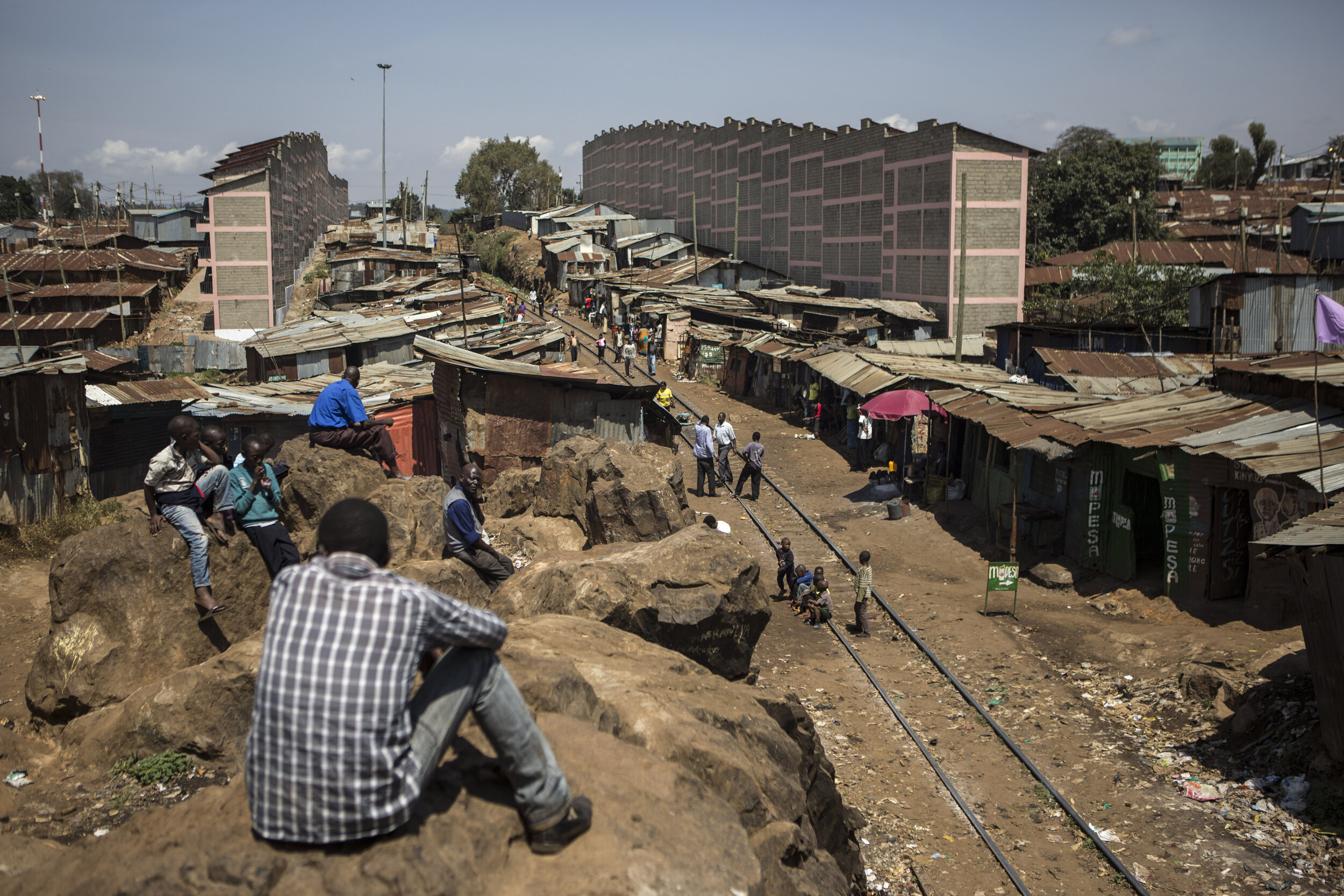Slumscapes - India, Mexico, Kenya, South Africa
Slumscapes was an ambitious project, spearheaded by the Thomson Reuters Foundation, to document the world’s largest slums. I was commissioned to provide still photographs, video, and drone work in Nairobi, Cape Town, Mexico City and Mumbai.
“As the United Nations prepares a new 20-year plan to cope with the challenges of booming urbanization, residents of the world's five biggest slums are battling to carve out a place in the cities of the future.
Home to more than 900 million people worldwide - or nearly one in every seven people - the UN says slums are emerging spontaneously as a "dominant and distinct type of settlement" in the 21st century.
Today one quarter of the world's city dwellers live in slums - and they are there to stay.
The UN's 193 member states are now set to adopt the first detailed road map to guide the growth of cities, towns and informal settlements, ensure they are sustainable, do not destroy the environment and protect the rights of the vulnerable.”
This project was a rare occasion to produce documentary photography, video, journalism and data driven storytelling. Slumscapes was produced and published by Thomson Reuters Foundation, with assistance from Code For Africa and africanDRONE.
I was brought in to shoot stills, video, and aerials for the project in four countries - India, Mexico, Kenya and South Africa - for a rare chance to chronicle four of the world’s biggest slums.
“The UN plan stresses that providing transport, sanitation, hospitals and schools is imperative but city strategies must also "go beyond" physical improvements to integrate slums into the social, economic, cultural, and political life of cities.
Experts say this policy represents a significant shift in thinking among city planners and authorities who have historically seen bulldozers as the answer to slum settlements.
High-density communities geared to pedestrians along with properties that mix business with housing can offer lessons for management of future growth, they say.
Today, unchecked population growth and migration in many world cities – from Kenya to Mexico to India – mean slums and the informal economies and communities created around them must increasingly be seen as an important part of the wider city.”
"Investing in participatory slum upgrading - putting people and housing at the centre - can contribute to achieving sustainable urbanization, reducing inequalities and making prosperity available for all."
Dr Joan Clos, Executive Director UN – Habitat
































